Measuring Spoons & Measuring Cups
Investing in high-quality measuring cups and spoons is essential for precision in cooking and baking. Accurate measurements directly impact the texture, flavor, and consistency of recipes. A slight miscalculation can alter a dish, turning a fluffy cake dense or a savory sauce too salty. Durable, well-made measuring tools ensure consistent results, eliminating guesswork and frustration.
Plastic measuring cups may warp over time, leading to inaccurate readings, while flimsy spoons can bend or break. Stainless steel or heavy-duty materials provide longevity, maintaining their shape and measurement accuracy even after frequent use. Clear, engraved markings prevent fading, ensuring readability for years to come.
Quality measuring tools enhance efficiency beyond accuracy. Cups with sturdy handles and balanced weights allow for easy scooping and leveling, while precisely designed spoons fit into spice jars without spilling. Some premium sets even include uncommon sizes, reducing the need for conversions and simplifying complex recipes.
Whether you’re a home cook or a professional chef, reliable measuring tools are a small but vital investment. They help maintain recipe integrity, streamline the cooking process, and ultimately lead to better culinary success. By choosing quality, you gain precision, durability, and confidence in every dish you create.
Dry Versus Liquid Measures
| Type | Description | Common Sizes | Measurement Method |
|---|---|---|---|
| Dry Measuring Cups & Spoons |
|
Cups: ¼, ⅓, ½, ⅔, ¾, 1 cup Spoons: ¼ tsp, ½ tsp, 1 tsp, 1 Tbsp (3 tsp) |
Fill to the top, then level with a flat edge |
| Liquid Measuring Cups |
|
1-cup, 2-cup, 4-cup sizes Marked in ¼ cup increments or smaller |
Pour liquid until it reaches the desired line; check at eye level |
|
Can I use dry measures for liquid ingredients or vice versa? It's not recommended. Dry cups are difficult to fill accurately with liquids and tend to spill. Liquid cups can’t be leveled off properly for dry ingredients and may lead to compacted or incorrect amounts. For best results, always use the right tool for the ingredient type. |
|||
General Tips
| Tip | Why It Matters |
|---|---|
| Use dry measuring cups for dry ingredients | Dry cups allow you to level off ingredients like flour or sugar for a more accurate measurement. |
| Use liquid measuring cups for liquids | They let you pour to a marked line without spilling, giving a more precise volume for liquids like milk or oil. |
| Don’t use liquid cups for dry ingredients | You can’t level off the top, and you may pack the ingredient down, which throws off accuracy. |
| Don’t use dry cups for liquids | Filling to the top is messy and hard to judge, leading to false readings and spills. |
| Use the correct measuring spoons for both dry and liquid small amounts | Teaspoons and tablespoons are fine for both, but fill carefully and level dry ingredients with a knife. |
| Use a flat edge to level dry ingredients | Sweeping off the excess ensures consistent amounts, especially in baking. |
| Don't shake or tap the cup to settle ingredients | This can compact items like flour and result in too much being used. |
| Check liquid measurements at eye level | Looking from above can give a false reading due to the meniscus (curved surface of the liquid). |
| Use a scale for highest accuracy | Especially helpful for baking, using weight removes the variation in measuring volume by hand. |
| Clean and dry your tools between uses | Especially when switching from wet to dry ingredients, this prevents sticking and measurement errors. |
Measuring Cup Recommendations
You should own at least one set of dry cup measures, one set of spoon measures, and one microwavable liquid measure. Look for:
- Sturdy construction
- Handles either riveted or integrated, not spot welded on
- A sturdy ring to hold spoons together
- Enameled measurements on liquid measures so the measurements won’t wear off over time.
- Long, narrow measuring spoons to fit into small spice jars
- Choose stainless steel measures over aluminum or plastic. They are much sturdier, and a good set will last a lifetime.
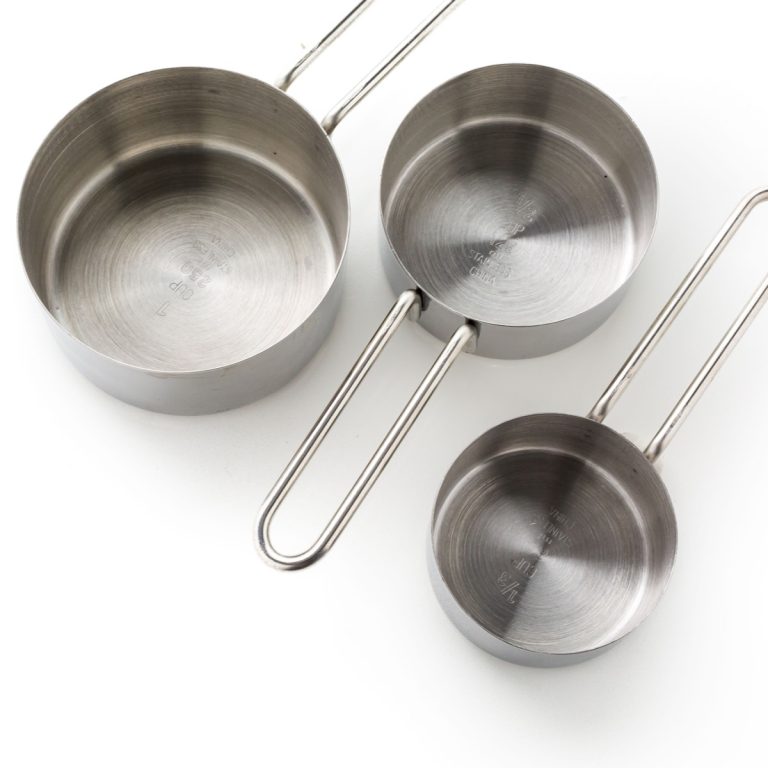
The history of measuring cups and spoons dates back centuries, evolving alongside the need for precise ingredient measurements in cooking and baking. Before standardized tools, early cooks and bakers relied on approximations using everyday objects such as hands, shells, and scoops. Measurements varied widely, often leading to inconsistent results.
In the 19th century, as baking became more scientific and recipes required greater accuracy, the need for standardized measuring tools grew. An American culinary expert, Fannie Farmer played a crucial role in promoting precise measurements.
In 1896, she published The Boston Cooking-School Cook Book, which emphasized the use of level measurements instead of vague instructions like “a heaping spoonful” or “a pinch.” This shift laid the foundation for modern measuring tools.
Patents for standardized measuring cups appeared in the late 19th and early 20th centuries. In 1896, Patents Hall, a housewares manufacturer, created one of the first measuring cup designs with clear, labeled increments. Over time, materials evolved from wood and tin to glass, stainless steel, and plastic.
Today, measuring cups and spoons are kitchen essentials, designed for precision and convenience. Their development reflects the culinary world’s progress toward accuracy, consistency, and ease of use.

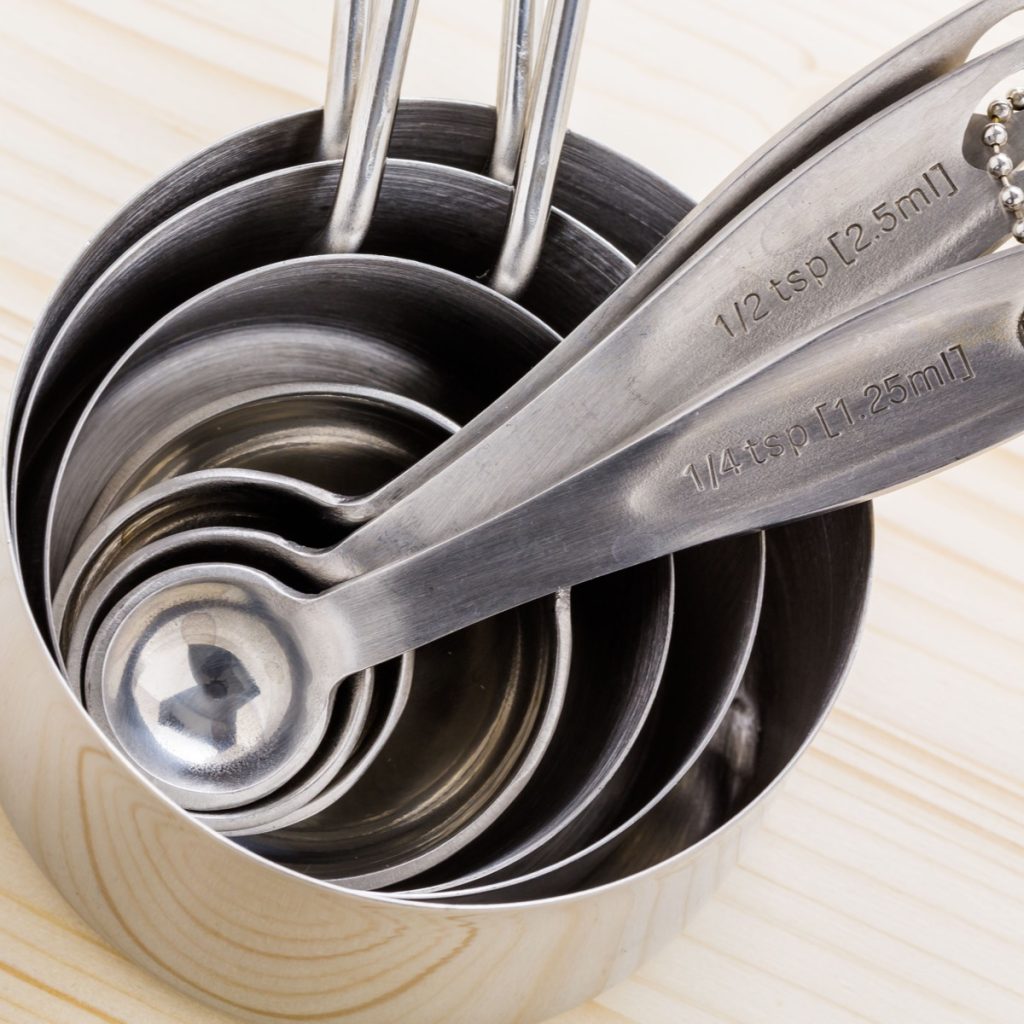

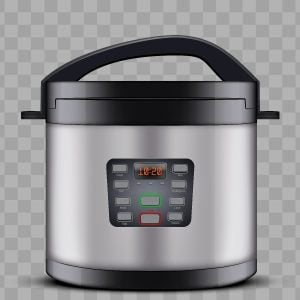
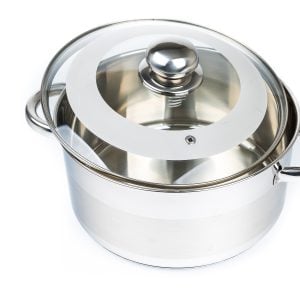
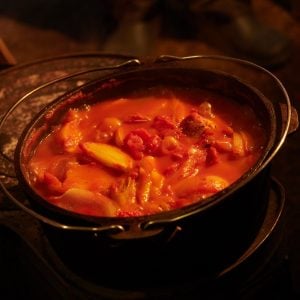
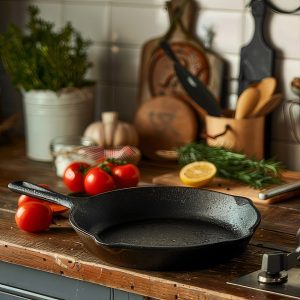
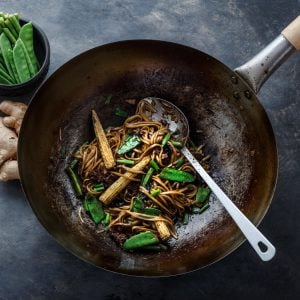
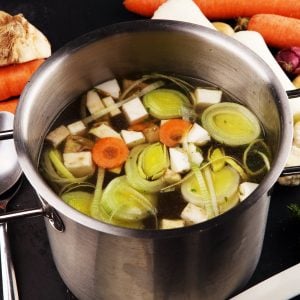
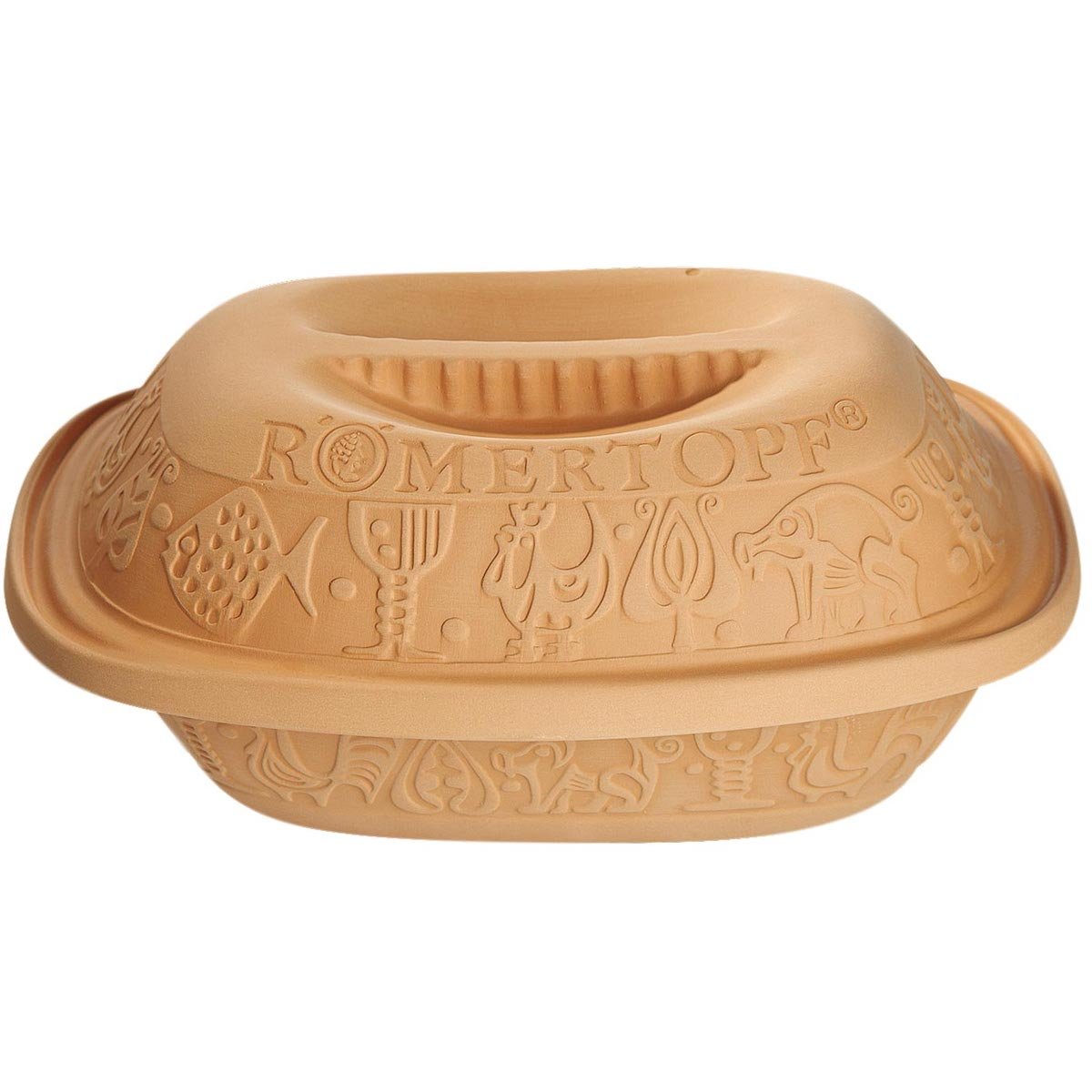
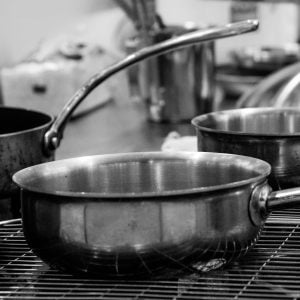


5 Responses
All good information but I have ONE MORE NEED not mentioned: Accurate measurement of semi liquid ingredients such as shortening or peanut butter. IF you put those kinds of ingredients in a dry measure cup you can not tell whether you have a huge bubble of air down at the bottom. IF you use a liquid measure cup you can not easily level at the amount you want.
What I would like is a clear plastic OR glass SET of “dry” measure cups so I can see the air bubbles that need brought out to give an accurate measurement. Here I think a good quality plastic would suffice.
this is a great website and it is a great learning use for cooking and have a great day and this is a great information for learning how to cook and learn how safety works so you don’t hurt someone or they get really sick
I like this website
This website is awesome and it helped me out with my culinary class and taught me the basic measuring cup sizes
Sincerely,
Bonquiavios Johnson
This actually could help me with my Baking and Pastry Arts class, thank you so much for this information!